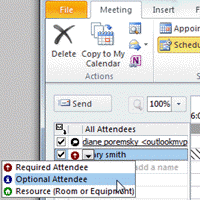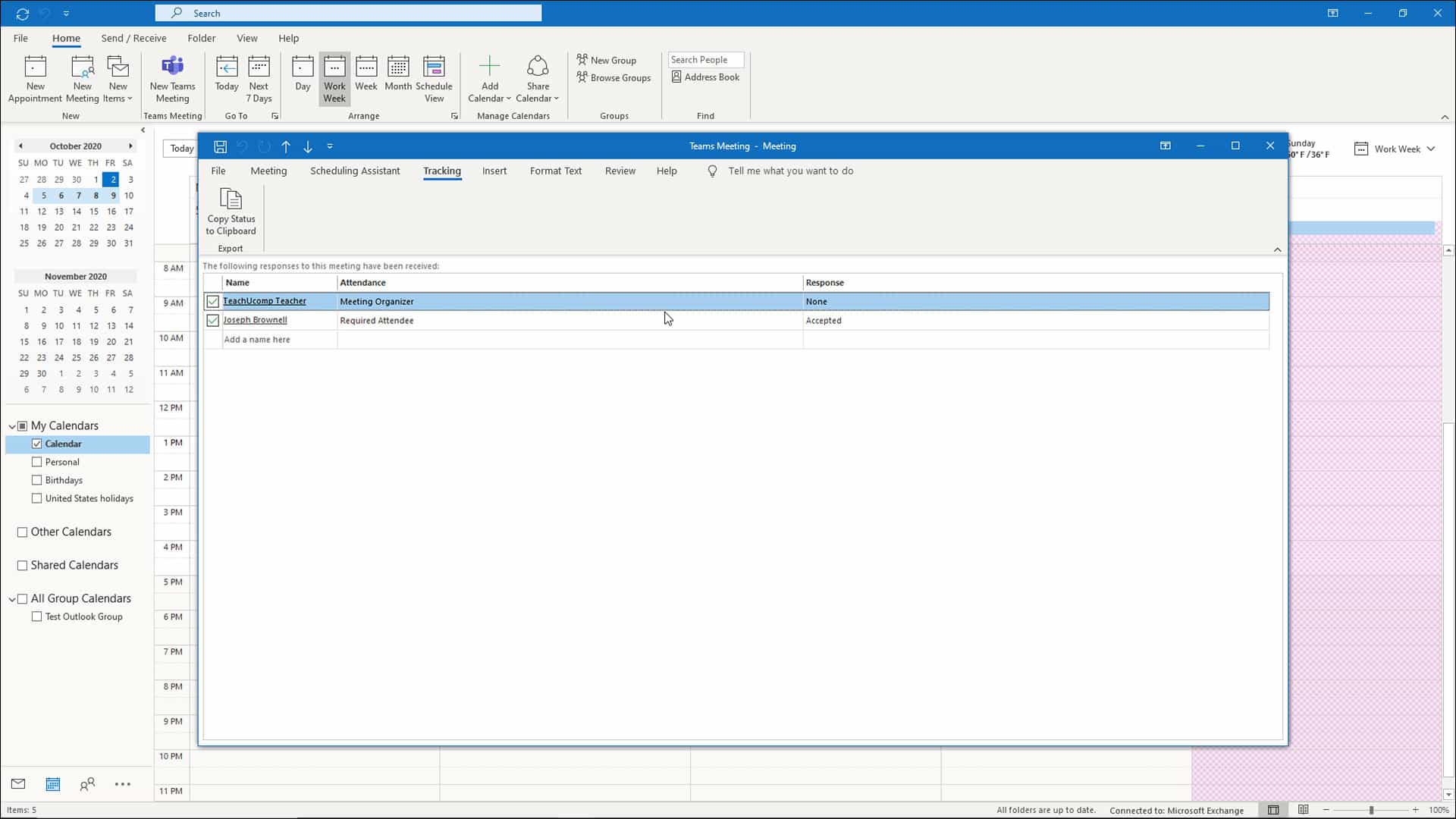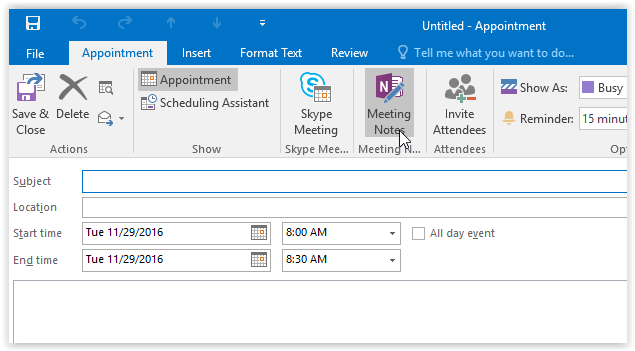
You will see your name and schedule in the top row.

The Scheduling Assistant view appears, which looks something like a spreadsheet. From the Meeting tab, select Scheduling Assistant. From the Home tab, at the top left of the screen, click New Meeting and select New Meeting from the dropdown menu.In Outlook, at the bottom left of the screen, click Calendar.This section will explain how to create a new Meeting Request and schedule that request using the Scheduling Assistant. Outlook 2013's Scheduling Assistant is capable of taking a great number of variables into account when helping you to schedule a meeting. Please note: We suggest that when booking meetings with resources outside your email domain (medschl or SLCU) you follow the steps below and then forward the invite to the external people as required. If one or more of your participants does not maintain their Outlook Calendar, the value of the Scheduling Assistant decreases. However, not all participants for a meeting will have access to Outlook and some will choose not to use the Calendar feature. If individuals actively maintain their Outlook Calendar and have medschl or SLCU email accounts, the Scheduling Assistant can be very useful. The Scheduling Assistant is a powerful tool, but like many other tools, the value is determined by how people use it. If you use Outlook 2010 you will be able to follow the same steps, although the icons may look somewhat different.

The information and screenshots below are from Outlook 2013. This document covers the process involved in using Outlook's Scheduling Assistant. If an individual accepts, Outlook will automatically mark the time as busy on his or her Calendar. Potential attendees can then accept or reject the invitation. When the invitation is sent, a tentative appointment will appear on the invitees' calendars.

You may complete a new meeting request which Outlook emails to the desired recipients in the form of an invitation.

Microsoft Outlook's Scheduling Assistant is a tool which allows you to invite groups of people to meetings or events without having to email them individually.


 0 kommentar(er)
0 kommentar(er)
